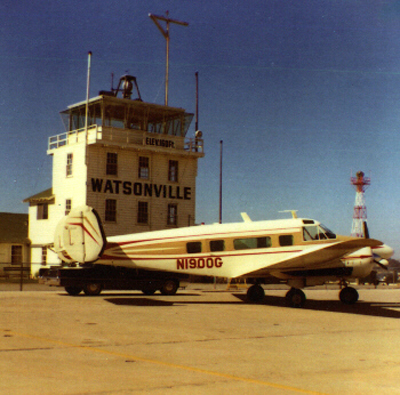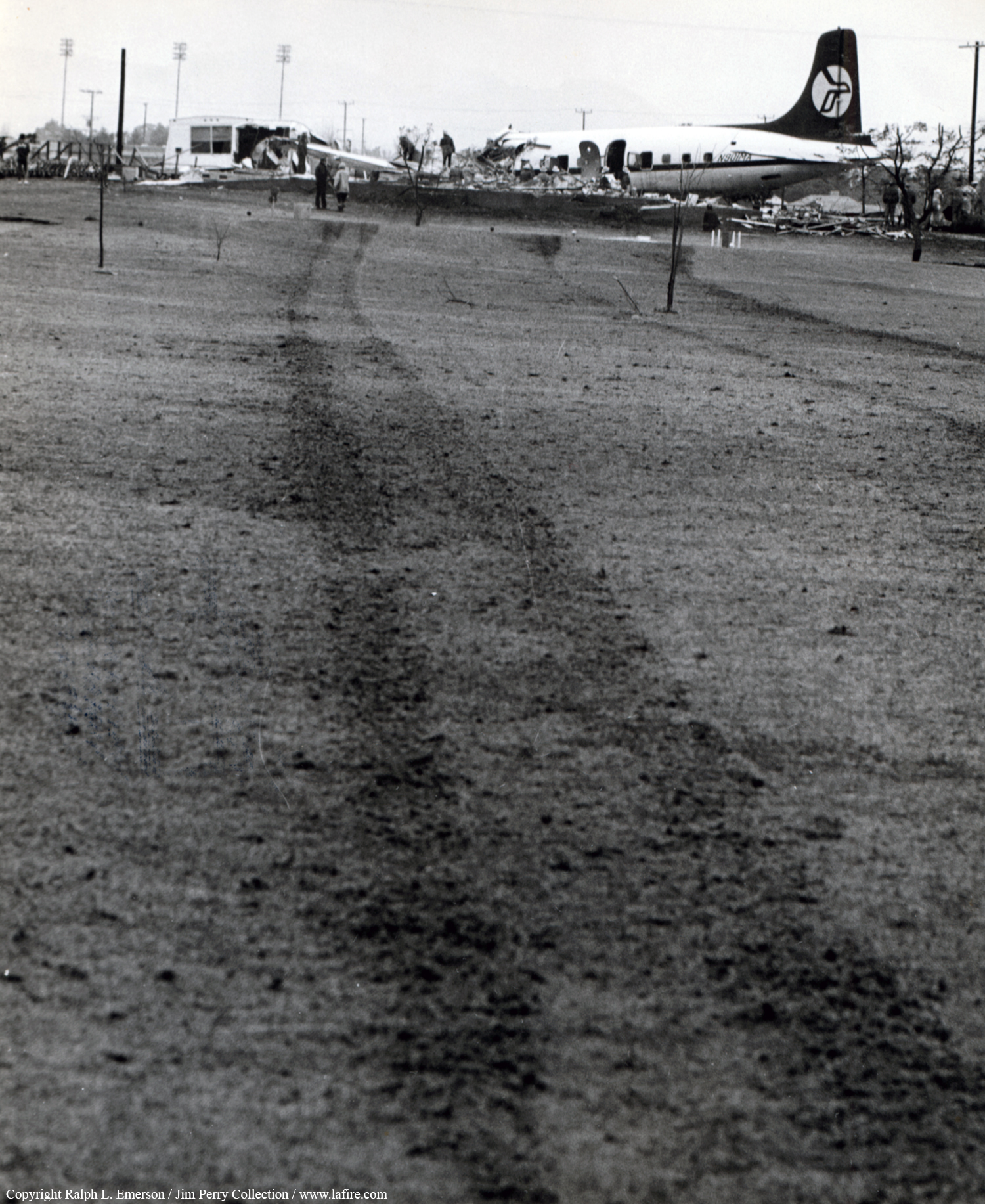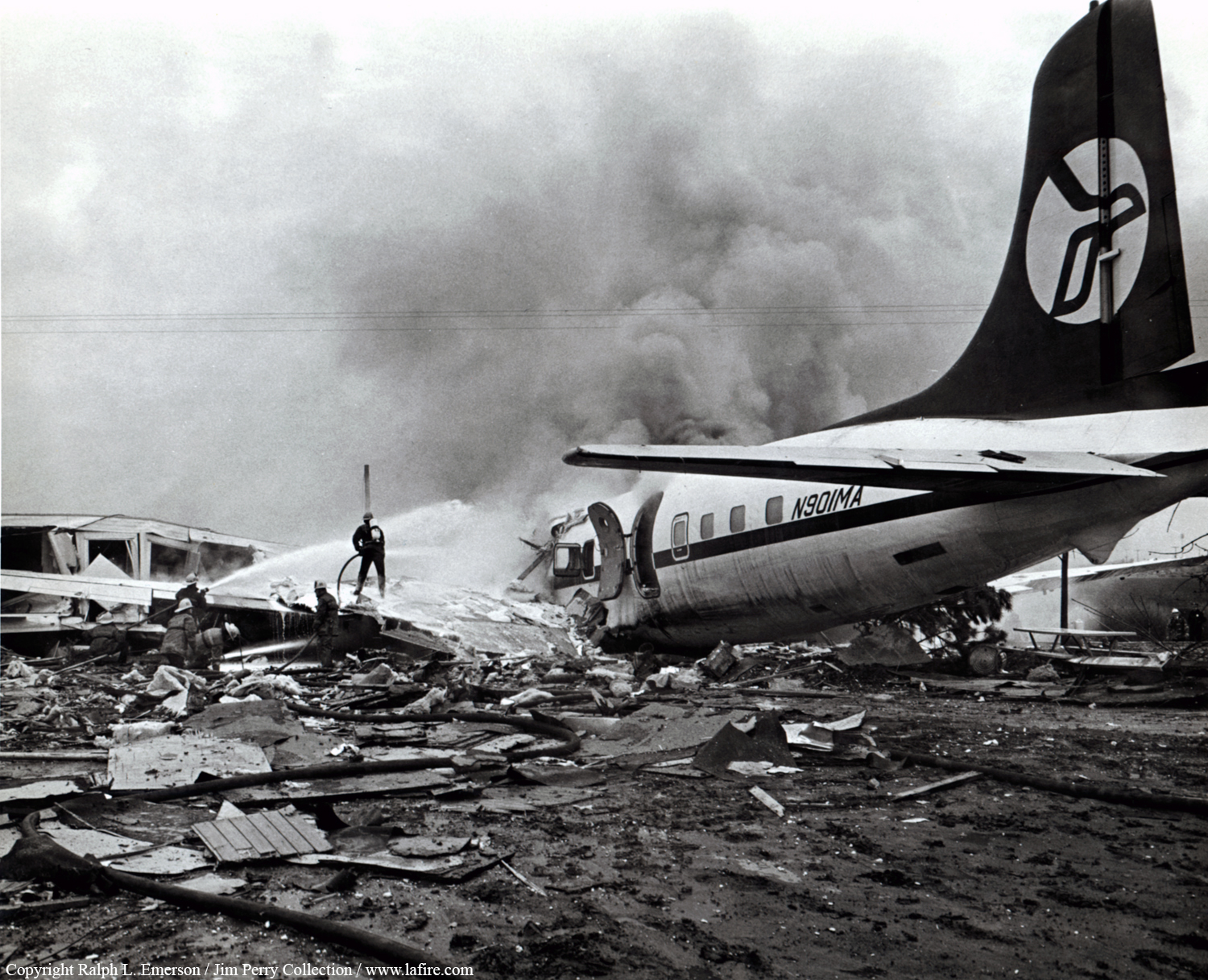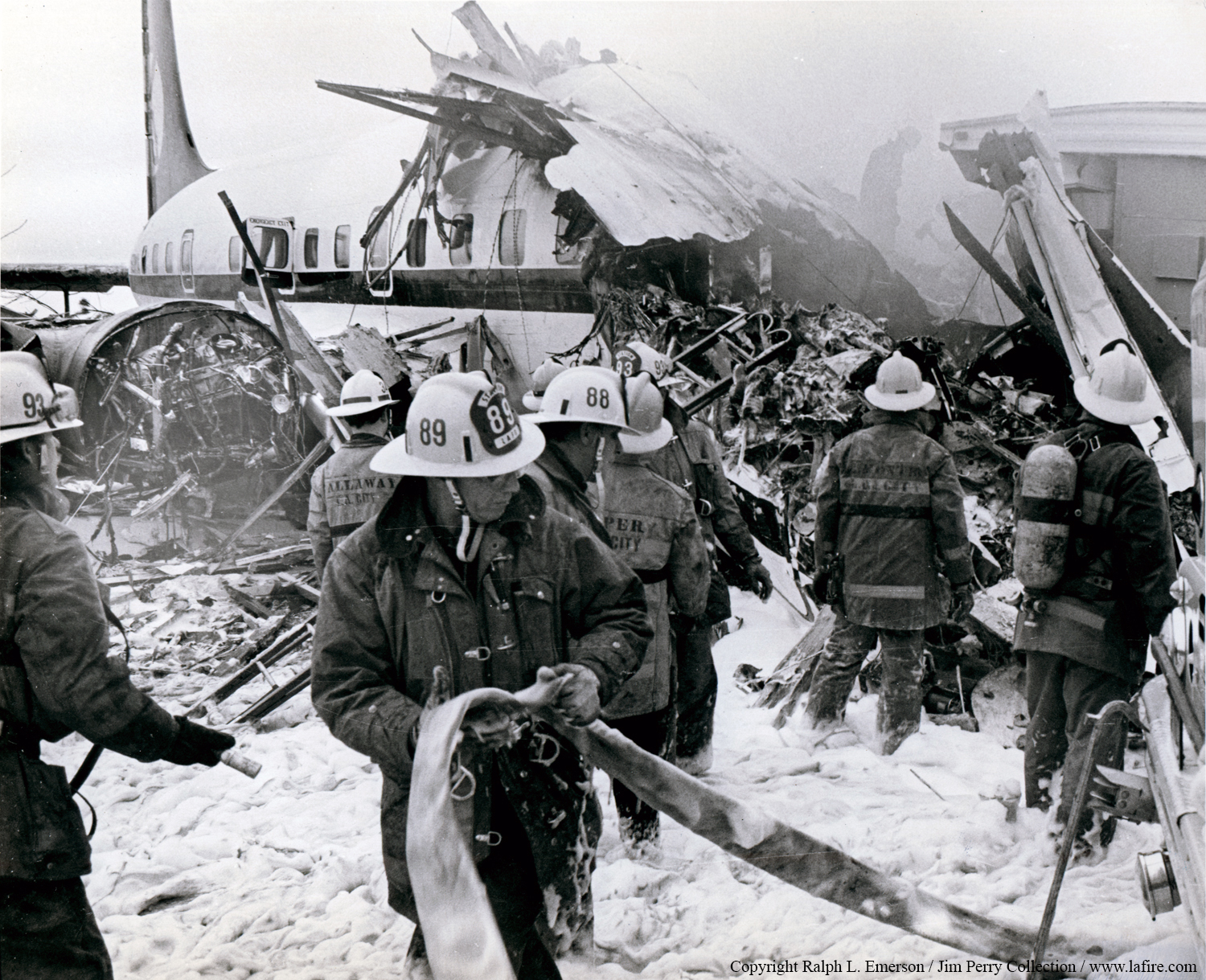Crash of a PZL-Mielec AN-2 in Natalin Yar: 5 killed
Date & Time:
Mar 25, 1977 at 1459 LT
Registration:
CCCP-32112
Survivors:
No
Schedule:
Urgench – Uralsk – Penza – Myashkovo
MSN:
1G93-18
YOM:
1968
Crew on board:
3
Crew fatalities:
Pax on board:
2
Pax fatalities:
Other fatalities:
Total fatalities:
5
Aircraft flight hours:
5950
Aircraft flight cycles:
19234
Circumstances:
A group of seven PZL-Mielec AN-2 must be transferred from Urgench, Uzbekistan, to Myashkovo, with intermediate stops in Uralsk and Penza, carrying mechanics and crew members. En route from Uralsk to Penza, while cruising at an altitude of 500 meters, both aircraft registered CCCP-28938 and CCCP-32112 entered a cloudy area with light rain. They collided then entered a dive and crashed in flames 350 meters further, 25 meters from each other. Both aircraft were totally destroyed and all 10 occupants were killed.
Probable cause:
Poor flight preparation and planning as all crew and the people in charge of the mission failed to analyze weather conditions en route. The collision occurred while both crew were flying under VFR mode in adverse weather conditions.



















